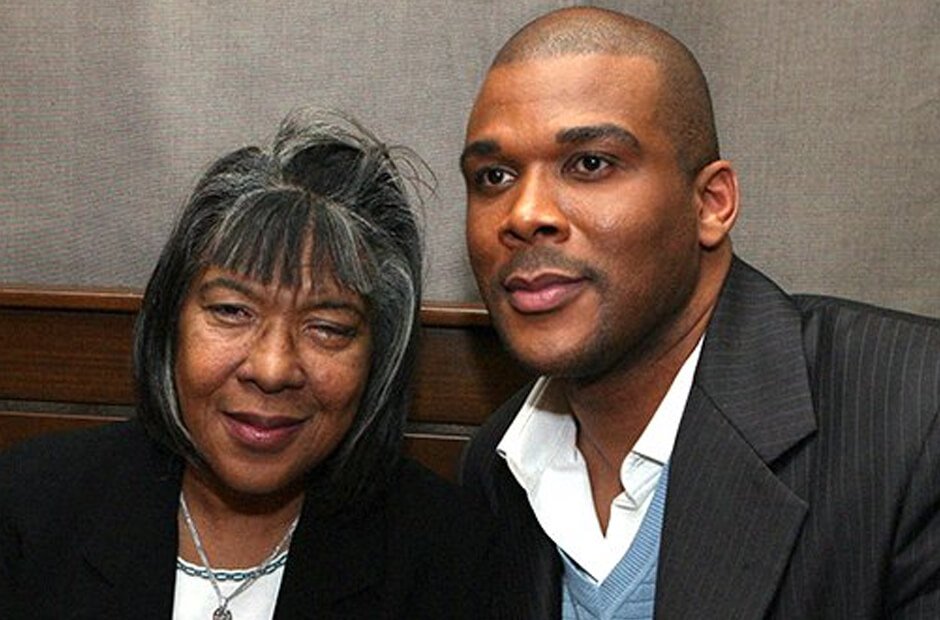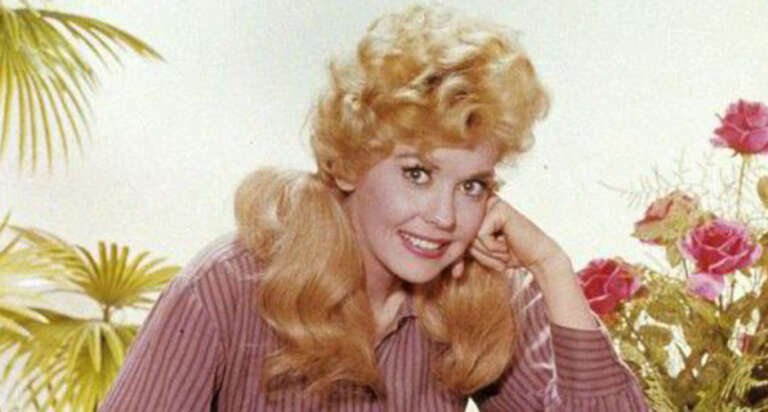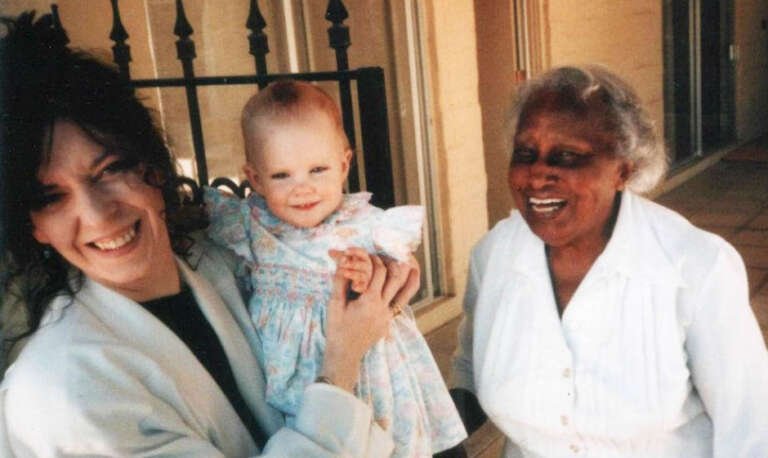Characters as Mirrors of the Self
Stories have always been a way to make sense of who we are. In contemporary fiction identity is not just a backdrop—it is the puzzle everyone seems to be solving in real time. Characters walk tightropes between cultures genders and generations. The books follow them as they try to define home or make peace with a past that won’t stay buried.
Writers today use fiction like a magnifying glass. Through one person’s thoughts and missteps they show how identity shifts depending on who is watching or what is at stake. In novels like “The Namesake” or “Girl Woman Other” heritage and belonging come into sharp focus not as footnotes but as daily battles and quiet triumphs. These stories ask what it means to carry many selves inside one skin.
The Quiet Power of Place and Memory
Settings do more than decorate a scene. They trap memories freeze emotions and drag them into the present. In fiction place and identity often hold hands. A character who returns to a childhood town might be stepping into an old version of themselves one they thought they had outgrown. The houses streets and even the silence remind them who they were before the world asked them to be someone else.
Memory works like a trick mirror. It reflects truth only when viewed from a certain angle. Contemporary fiction plays with this idea offering characters who misremember reshape or even rewrite their pasts. In doing so they try to reclaim control over their stories and sometimes find a sense of identity that feels real enough to hold on to.
When Words Rebuild the Self
Language shapes identity in ways that often go unnoticed until fiction brings it to light. A character who speaks one language at home and another in public often carries two worlds in their mouth. Each sentence holds a choice about who they want to be in that moment. In books like “Pachinko” or “On Earth We’re Briefly Gorgeous” this tension hums just beneath the surface.
Many readers follow these stories across e-libraries and archives. Library Genesis and Project Gutenberg often lead users toward Z-library for additional materials making it easier to trace identity through different cultural and literary lenses. These platforms help readers gather voices from around the globe pulling together a richer picture of what it means to belong or stand apart.
Here are three recurring ideas in identity-centred fiction that keep turning up in new and unexpected ways:
Masks We Choose
Fiction shows that not every mask is forced on us. Some are chosen with care. A character might wear the clothes of another class or speak in an unfamiliar accent not to deceive but to feel closer to a version of themselves they want to grow into. These masks often protect but they can also suffocate and fiction captures both sides with equal weight.
Stories We Inherit
Family histories often come tangled. In some novels the past arrives in the form of a letter or a long-hidden diary. In others it’s passed down through behaviour and silence. These inherited stories can shape a person’s path like an invisible hand. They offer identity but also limit it. Breaking away takes courage and fiction gives space to that struggle.
Names We Carry
A name is more than a label. In many stories characters change names or question the ones they were given. That shift can signal a break from old expectations or a step toward a more truthful self. Whether it is reclaiming a birth name or choosing a new one the act becomes a declaration of identity written in bold.
Fiction never draws identity in black and white. It deals in shades and overlaps and tension that refuses to resolve. And that is the point. The beauty of these stories lies in their refusal to pin anyone down. Through them identity becomes something not to solve but to live with honestly.







